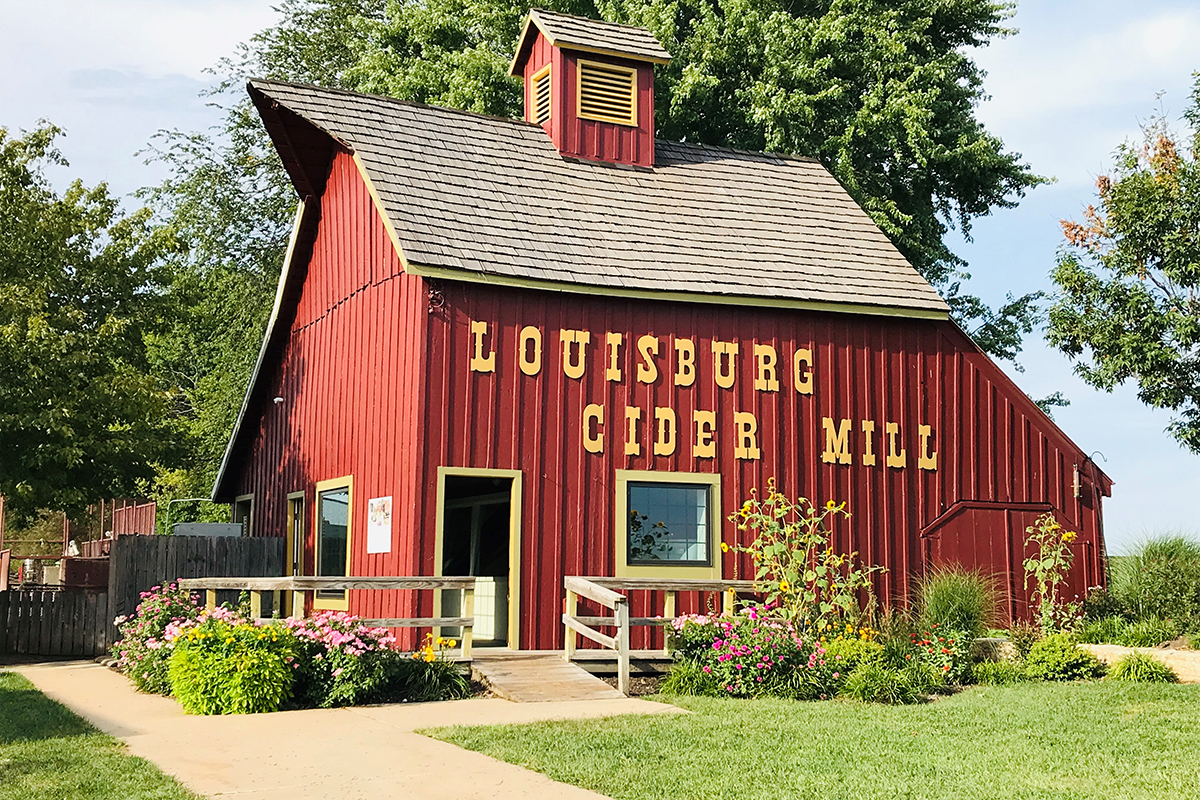Although once extirpated from the state, the black bear population in Missouri is now “rapidly” increasing, according to Laura Conlee, a furbearer biologist with the Missouri Department of Conservation. That means Missouri might see its first-ever regulated bear hunting season next fall—and that people throughout the state could encounter the creatures.
“We really need to think about the state as being bear country,” Conlee says. “It’s not out of the realm of possibility for a bear to show up anywhere in the state of Missouri, so it’s really good, even if you live in the metro area—the urban area—to recognize it’s a possibility.”
Here’s what you should know.
The bear population is increasing by about nine percent each year.
The Missouri Department of Conservation’s Black Bear Project, which began in 2010, estimated an initial population of about three hundred and fifty bears in the state, Conlee says. After years of tracking female bears of the reproductive age, by 2019, researchers estimated there were up to eight hundred and forty.
That wasn’t always the case. Although black bears are native to Missouri, they were seemingly wiped out in the early 1900s due to unregulated hunting and large-scale habitat change, Conlee says. In the seventies, Arkansas began reintroducing the omnivores into its habitats, and now, black bears are making a comeback in Missouri. The only types of bears in Missouri are black bears, Conlee says, even though some black bears have reddish or brown pelts. Most reside south of Interstate 44.
Missouri could have a bear hunting season next October.
The Missouri Department of Conservation recently approved a regulatory framework for a bear hunting season. Harvest and permit quota recommendations will be made in the spring, Conlee says. If approved, Missouri’s first bear hunting season would likely begin the third Monday in October and last ten days or until the harvest quota is achieved.
Some bears have been spotted in the Kansas City metro area.
Bear sightings are scarcer in the Kansas City area because forest habitats are more fragmented leading from southern Missouri to Kansas City, Conlee says.
The only bears people are likely to see in the Kansas City metro area are young male bears doing a walkabout around May and June or adult males during the breeding season, which is June through July. These bears usually travel miles during the summer months through the state’s forest corridors.
“One day they’re there, and then the next day they’re gone,” Conlee says.
What to do if you encounter a bear
1. Offer an escape route. Stand somewhere that the bear sees an easy and obvious way to get away from you.
2. Alert the bear to your presence. Raise your hands up above your head, talk to the bear in a calm voice, and back out of the area.
3. Avoid the encounter preemptively. Keep campsites clean, and never keep food in a tent.






